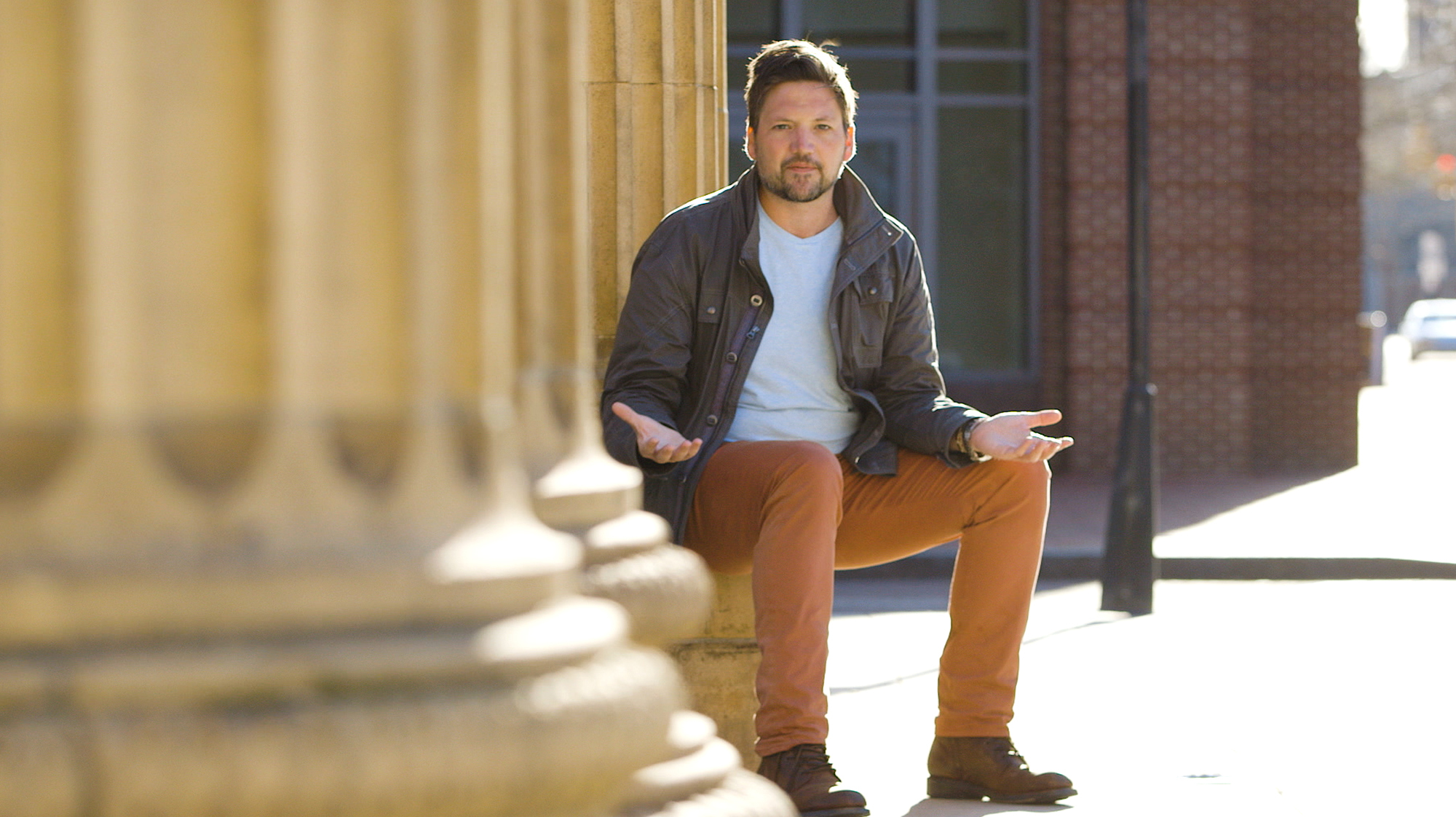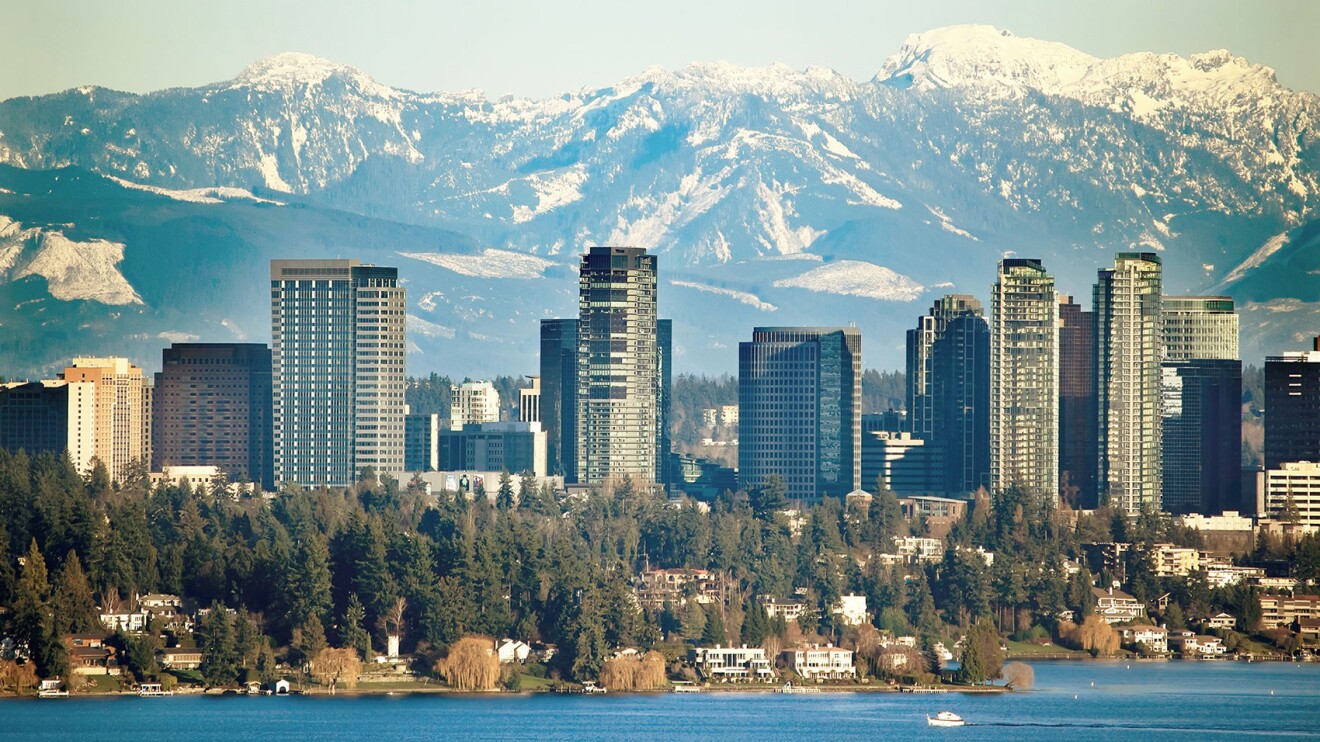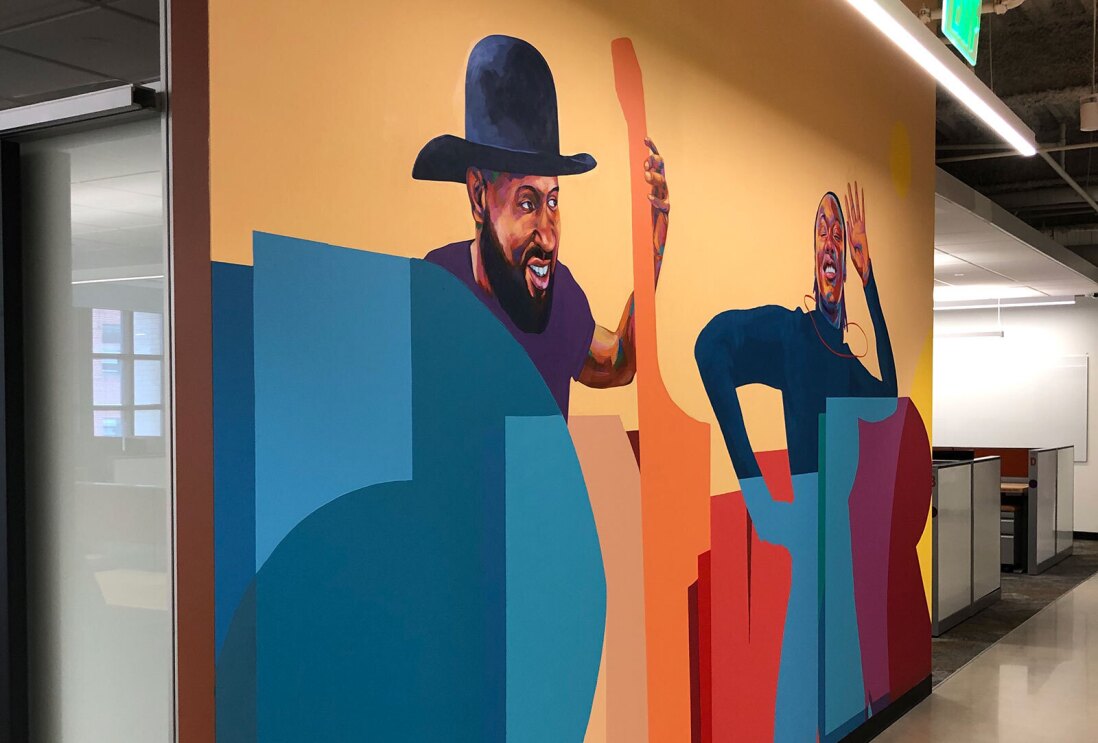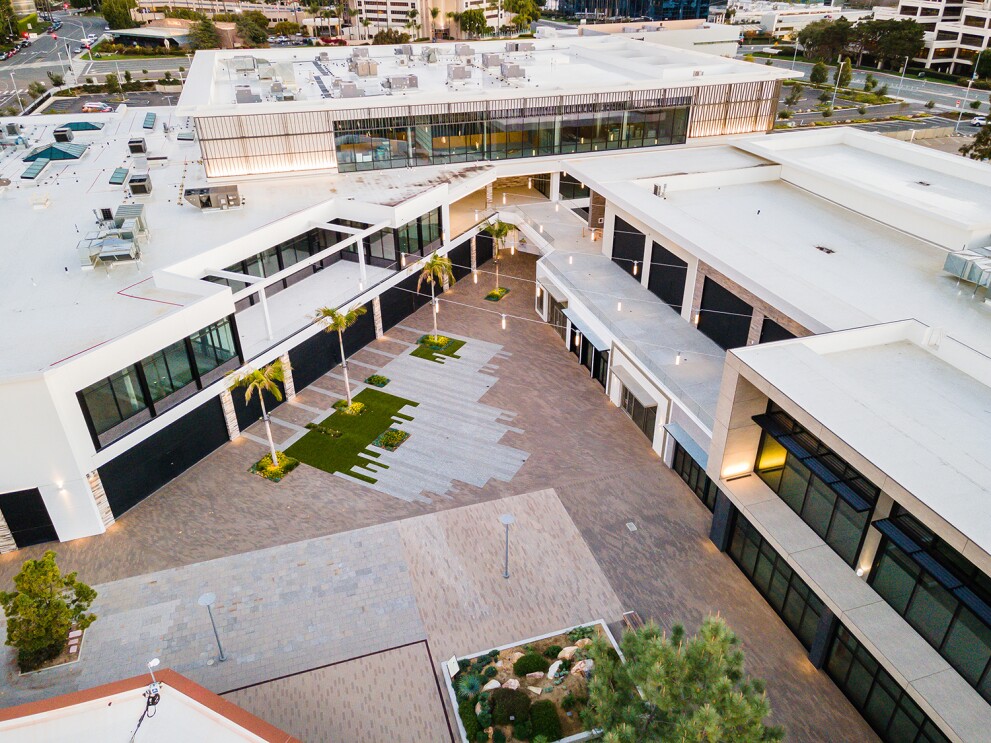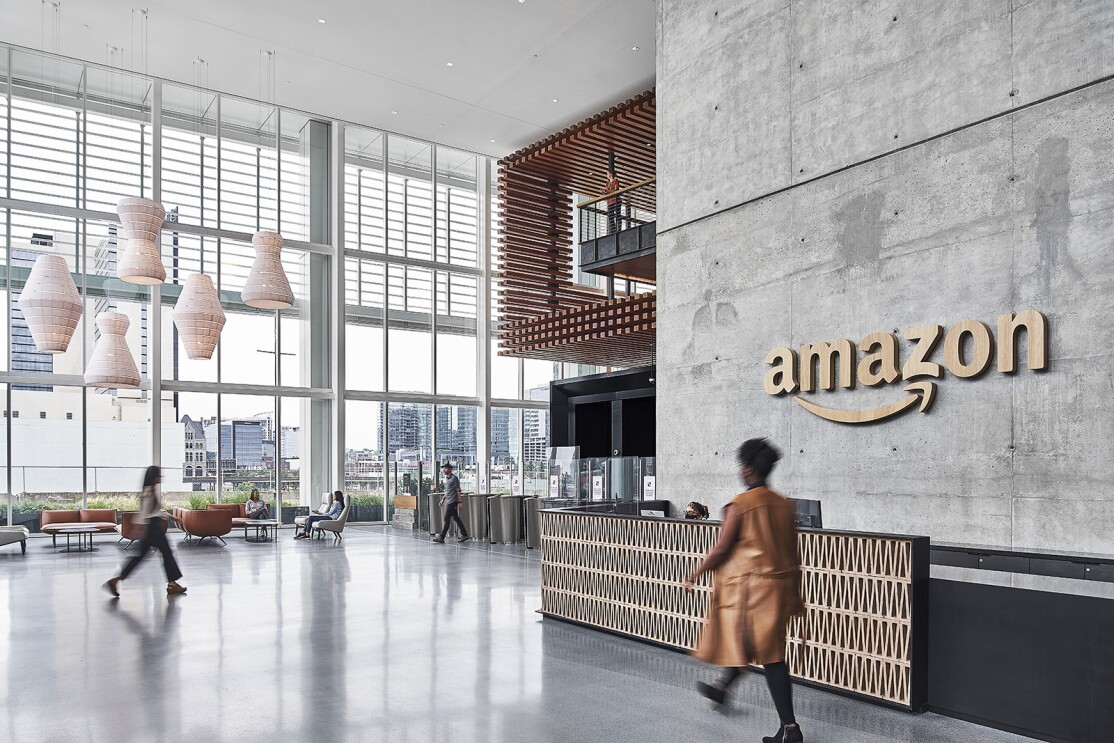Amazon is a company powered by technology, yes, but making its vision of more convenient, more seamless living a reality requires much more than servers and algorithms. If you’re living in Columbus, for example, it requires your fellow Ohioans, and lots of them. A closer look at the company’s long-term investment in this heartland state – about $4 billion over the last nine years – reveals that none of this would be possible without a growing network of investments and business relationships. Amazon may best be known for its tech, but its success here shows that it’s just as much a super-charged economic development initiative.
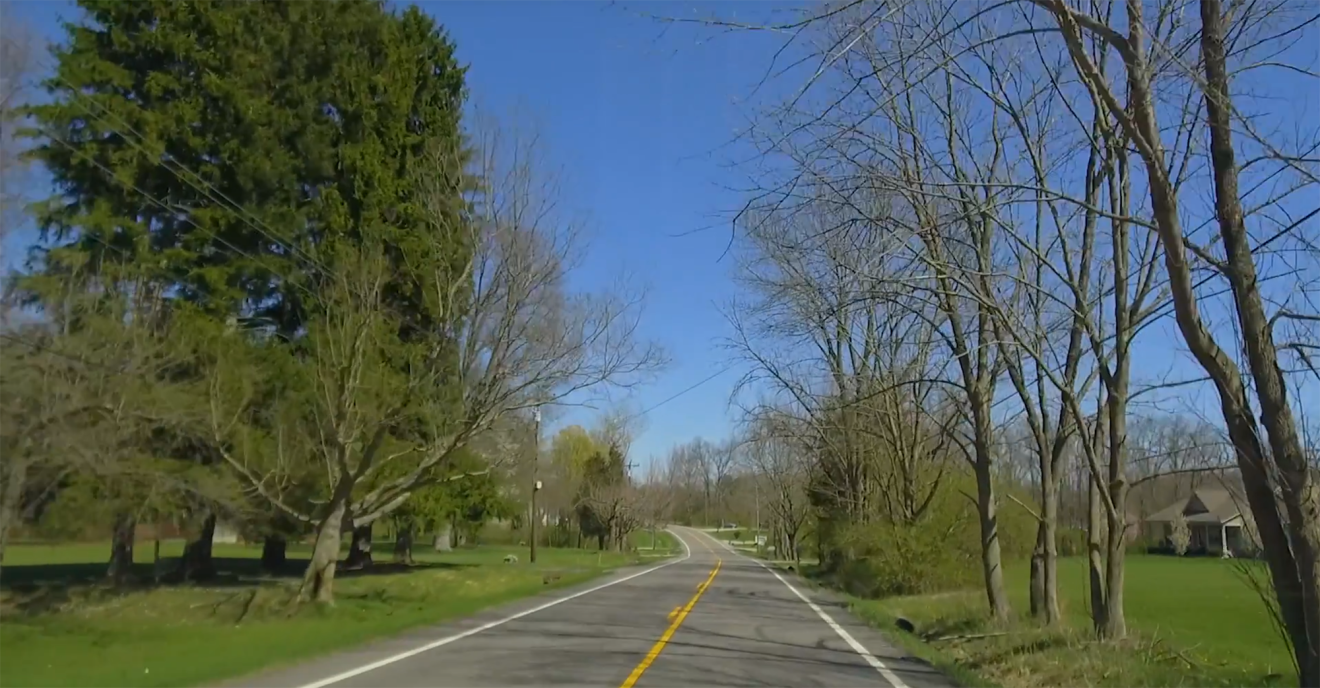
Amazon’s footprint in the state of Ohio is large. Amazon operates warehouses, or fulfillment centers, in Obetz and Etna, as well as a recently completed facility in West Jefferson. Its two Prime Now hubs operate out of smaller, urban warehouse spaces. The company also owns and operates two solar farms, a 100 megawatt wind farm in Paulding County, and the AWS U.S. East (Ohio) Region - one of 20 AWS global regions worldwide. Overall, Amazon employs more than 7,000 Ohioans in a wide range of jobs, with every color of collar, from engineering to fulfillment. Those facilities, Amazon estimates, in turn support an additional 15,000 jobs in the state, providing a range of services such as food, healthcare, and construction.
Moving in the right direction
Amazon’s surge of investment here represents a strategic “moving in” that is a marked contrast to decades of “moving out” by other companies. Over the past four decades, Ohio’s economic struggles have been a microcosm of the Rust Belt region, in particular, and the United States, overall. But in many ways, the Buckeye State’s difficulties have been much worse. Between 2001 and 2011, Ohio lost some 3,500 manufacturing businesses, according to data from the U.S. Bureau of Labor Statistics. That loss alone, not counting years of economic hardship in other industries, cut the state’s annual manufacturing payroll by $7.8 billion.
“We need every level of job. We need construction and data scientists, and we embrace both,” said Ted Griffith, managing director of JobsOhio, a private nonprofit firm that helps localities and cities in Ohio successfully bid for investment. Griffith, who has worked with Amazon in Ohio and calls the firms’ work together “a point of pride for us,” adds that economic development these days “has to be more than financial. It has to be about the client having a good landing. The outcome is community, a feeling of a sense of fit.”
 Amazon associate at a Columbus, Ohio fulfillment center works with a robot.
Amazon associate at a Columbus, Ohio fulfillment center works with a robot.“We mean business”
Figures like that ring familiar across the region. The Rust Belt begins in central New York and traverses west through Pennsylvania, West Virginia, Ohio, Indiana, and the Lower Peninsula of Michigan, ending in northern Illinois, eastern Iowa, and southeastern Wisconsin. This region was once a vital center of American industrial power. But declines in productivity, as well as increasing globalized competition in manufacturing, kicked off a crisis beginning a half-century ago. In the early 1960s, the Rust Belt accounted for 41% of American gross domestic product (GDP). Since then, the Rust Belt’s share of U.S. GDP has sunk to 27%, including a stretch of nearly 20 years of decline between 1966 and 1985. This drop in economic share was accompanied by declines in both population and employment. Even during relatively bright times for the U.S. economy, the region didn’t fully share in the benefits: Only about 10% of the 60 million U.S. jobs added over the past four decades have been in Rust Belt states, according to data provided by the Minneapolis Federal Reserve.
The thing that surprised me most is how fast they operate, how in tune they are to the process of getting things done.
David Smith - mayor of North Randall, Ohio
This long struggle has attracted its fair share of political aspirants, academic bean-counters, and country crooners. Truly tackling the problem has taken public-private collaboration and heavy private investment. Since 2008, Amazon has led in both when it became one of the first major U.S. companies to invest in the region.
“The thing that surprised me most is how fast they operate, how in tune they are to the process of getting things done,” said David Smith, mayor of North Randall, Ohio, where Amazon established a new fulfillment center, or warehouse, this year. The facility is now Amazon’s new hub here. “I’m proud we don’t play politics. We mean business.”
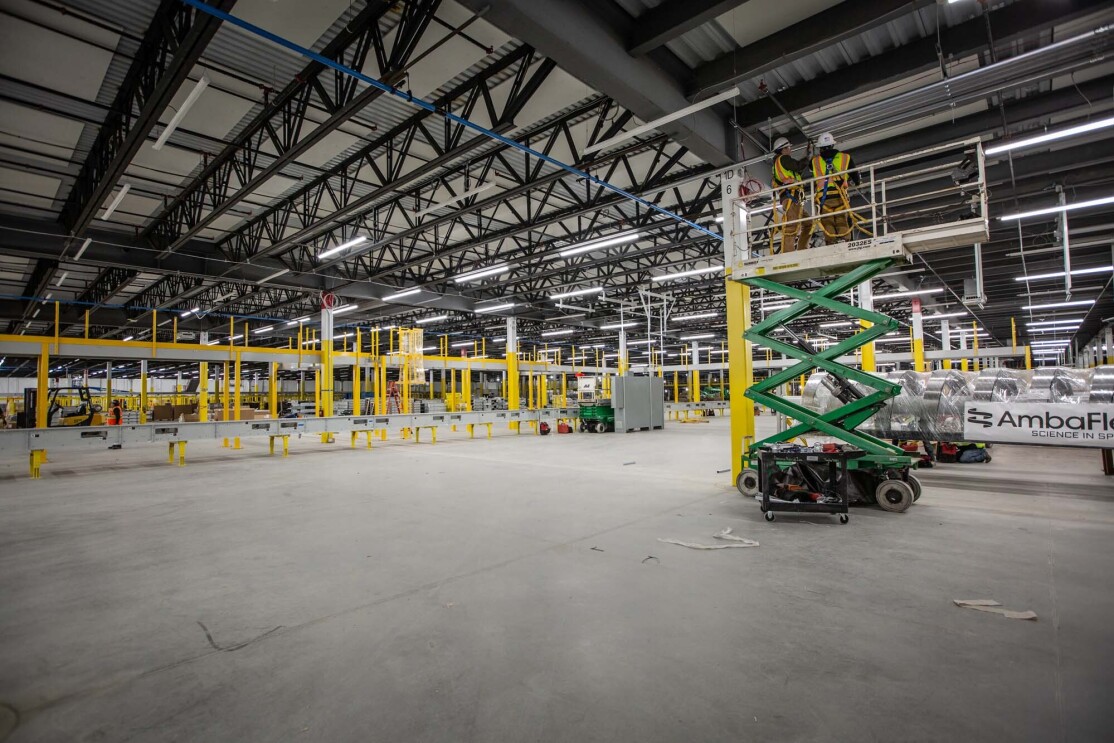 Amazon fulfillment center being built in Cleveland, Ohio.
Amazon fulfillment center being built in Cleveland, Ohio. "Getting buildings built, typically, is a catalyst for new jobs in an area, but getting a fulfillment center built, due to its size and jobs created, is a community changing event," said Adam Goldberg, vice president of Seefried Properties. "This includes the opportunities, jobs, and excitement generated during the construction process, which then transitions to the permanent jobs created upon project completion. It is exciting to be a part of something that the local officials and the community and residents are excited about."
Amazon hasn't let up. Last year alone, the company invested nearly $8 billion into Rust Belt states, including infrastructure and compensation. Since the company often acts as an anchor for other transportation and logistics infrastructure, it has also become a driver for job growth more broadly. The company estimates that the combined number of direct and indirect Amazon-created jobs amounts to about 95,000.
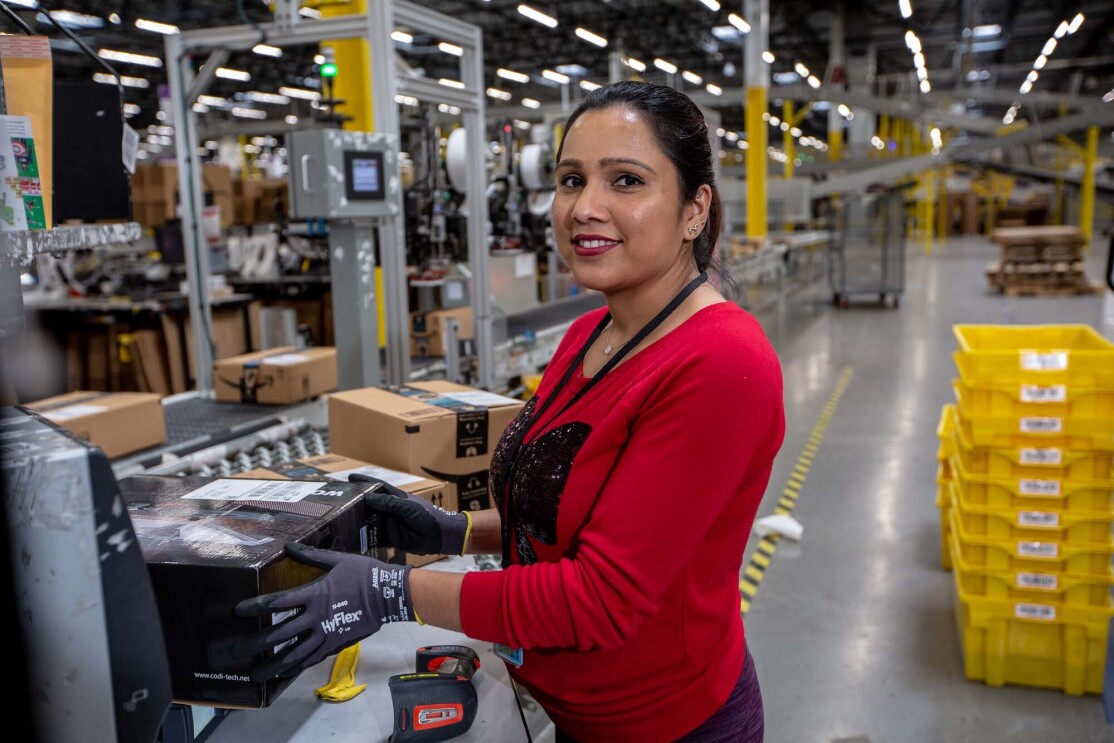 Amazon associate prepares customer orders
Amazon associate prepares customer ordersBenefits few saw coming
Amazon is on the lookout for smaller ways to provide a boost too, from the $10,000 grant it provided to an organization in Euclid, Ohio, that offers services such as vocational job training and day care programs to the similar funding it provided the Watkins High School’s burgeoning robotics team. Local leaders say any investments can be life-changing for the people living here. More than 25 high schools across the state are receiving funds from Amazon and its Amazon Future Engineer program to be able to offer Computer Science courses to their students.
“It’s been nonstop positive feedback,” said Mayor Smith of North Randall. He notes that since Amazon came in, his office has fielded calls from a range of businesses interested in relocating. Existing businesses have been doing facelifts to their facilities, as well. “Amazon believes in giving back to the community,” Smith adds, noting that the company along with its suppliers have provided donations to the city’s fire and police departments as well as the local bus service for senior citizens.
“The greatest impact of working together will be the transformative effect on our community,” said Kristen Holzheimer-Gail, the mayor of Euclid, another hard-hit town that received an Amazon project. “This project has replaced a blighted property with a new state-of-the-art industrial building; it brought needed employment opportunities and tax base to our community; it has demonstrated that Euclid is a great location for business and industry; and it has illustrated the power of collaboration.”
Amazon executives say this philosophy of creating economic mobility is at work within the company as well as without. “In fulfillment centers, we’ve launched a program called Career Choice, which pays 95% of tuition in fields that aren’t necessarily relevant to Amazon’s work,” explained Jeff Wilke, CEO of Amazon Worldwide Consumer. “So, what we’d expect is that someone comes in as an entry-level person in a fulfillment center, joins Career Choice, goes to school, and works in a full-time job with terrific benefits and great pay. And when they’re done, they have a skill set that gives them even more choice than they would have had before. We think that’s the kind of progression in this fast-changing world that’s going to be important, not just for Amazon but for all members of the workforce.”
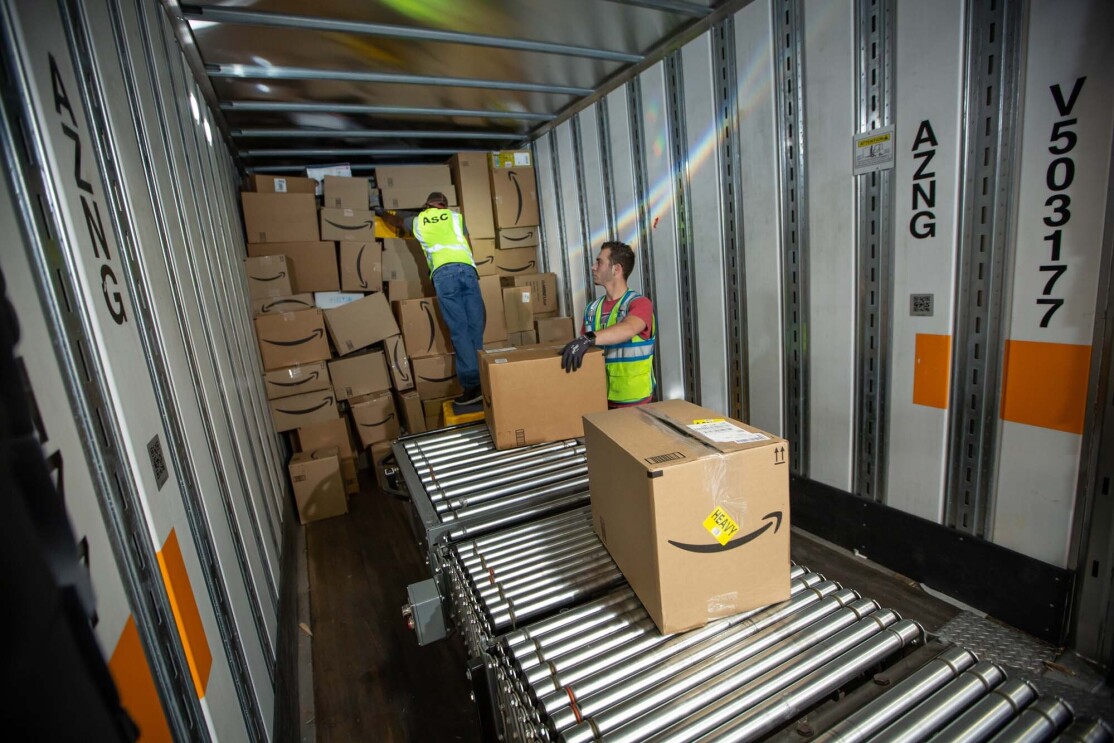 Amazon associates receive packages from a conveyor belt and place them on a trailer for distribution, at a Columbus, Ohio fulfillment center.
Amazon associates receive packages from a conveyor belt and place them on a trailer for distribution, at a Columbus, Ohio fulfillment center.A commitment to community that stretches coast-to-coast
Although Amazon started in Seattle – where its headquarters campus includes The Spheres, domes containing more than 40,000 plants from the cloud forest regions of 30-plus countries – it didn't stay coastal for long.
Amazon’s network of fulfillment centers and delivery stations stretches across more than 30 U.S. states. And it operates high-tech software-development centers in 17 American cities of all sizes, from Cambridge, Massachusetts to Pittsburgh, Pennsylvania. These, in turn, help support regional tech hubs teeming with new ideas, new talent, and new companies. In fact, according to Amazon, the vast majority of its investments – about $160 billion in more than 40 states – have been outside of the Pacific Northwest. And these days, nearly half of Amazon’s U.S. employees work in states that are not traditionally defined as tech-heavy.
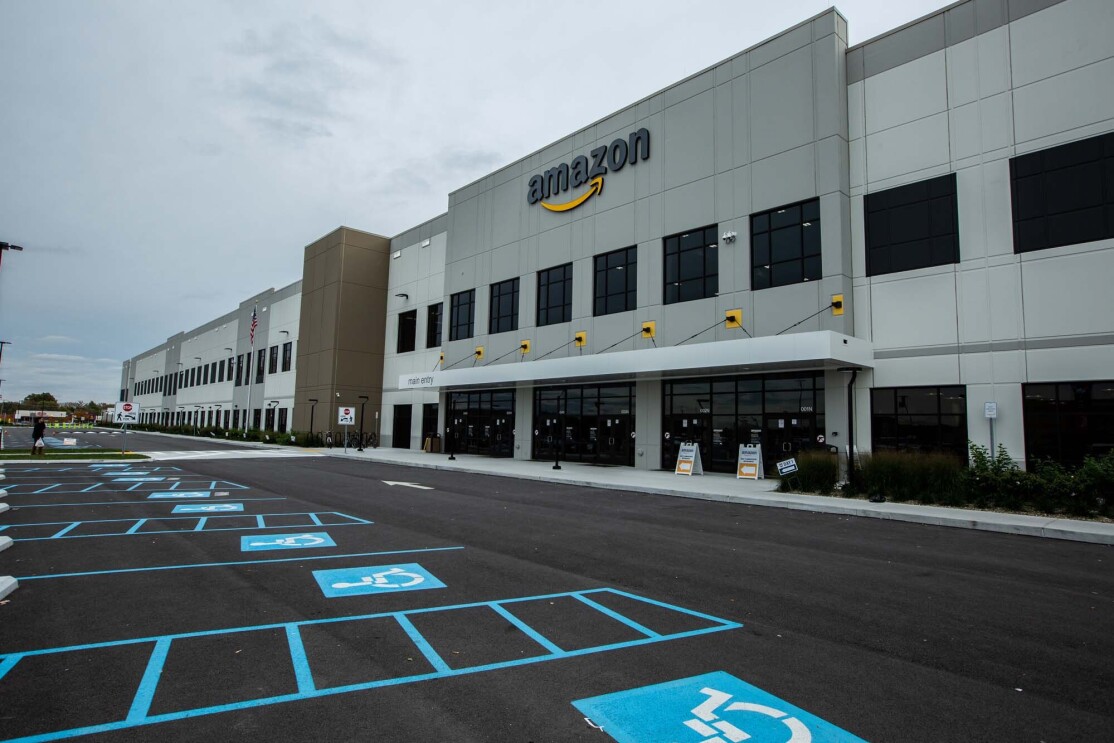 Amazon fulfillment center in Cleveland, Ohio
Amazon fulfillment center in Cleveland, OhioAmazon has made a habit of revolution. There were books, of course. And e-commerce. And cloud computing. The latest of these revolutions isn’t quite as easy to pinpoint perhaps. It’s taking place in cities and towns around the country, after all. But you can easily feel the impact every time someone in your community—a friend, a neighbor, even you—places an Amazon order.
Trending news and stories


